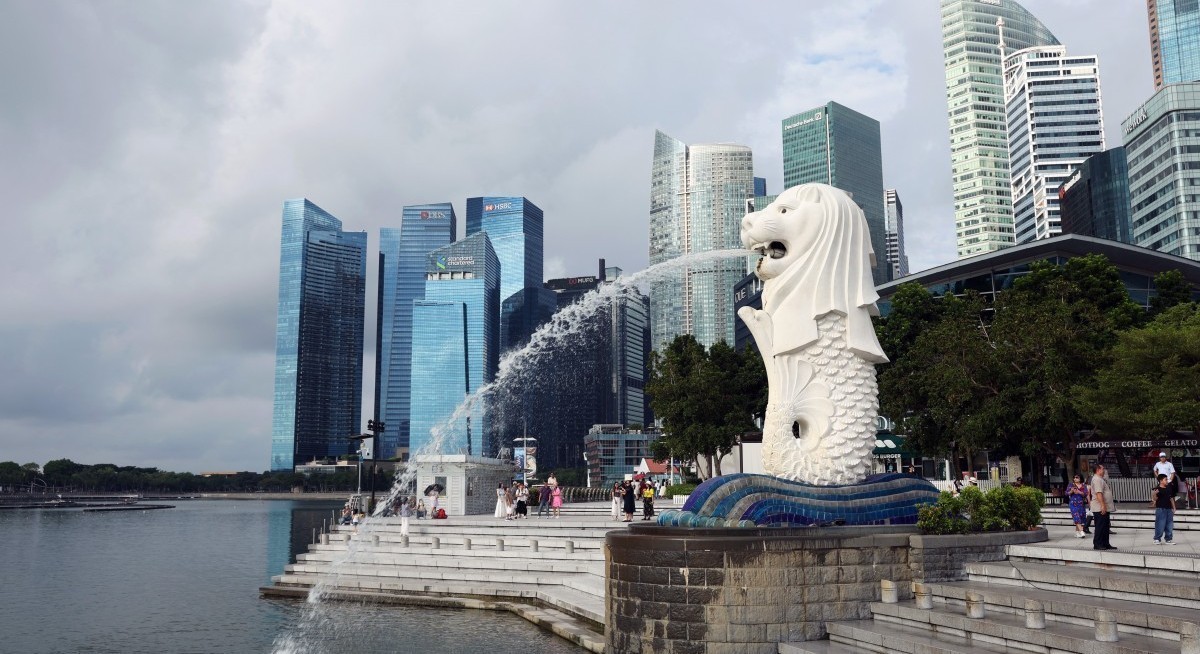“This medium-term bullish shift is underpinned by fading US exceptionalism, Singapore's safe-haven appeal, attractive valuations, low domestic interest rates, and MAS (Monetary Authority of Singapore) support,” says Timothy Wong, group head of DBS Group Research.
“Historically, the STI has decisively broken above multi-year resistance to set new all-time highs only twice, once in 1993 and again in 2006,” he adds.
To Wong, the STI, despite recent gains, remains “underinvested”. Year-to-date, the STI is up by over 580 points, up from the 3,800 close on Jan 2.
Should the market cap to M2 reach 1.1 times, Wong sees upside above the 5,500 theoretical level. At present, the FTSE ST All-Share market-cap-to-M2 ratio stands at 0.84, which is near the lows seen during the Global Financial Crisis.
See also: CapitaLand Ascott Trust and Sheng Siong Group enter STI reserve list in Dec quarterly review
“A recovery to 1.0 implies a potential $137.4 billion liquidity injection, translating to a theoretical STI level of 5,092. If this ratio recovers further to 1.1 times, the STI's theoretical level could hit above 5,500, representing a significant upside from current levels,” says Wong.
To reach 5,500 points within 3.5 years, the market will require continued reforms, stronger investor sentiment, a low-interest-rate environment and a sustained 12-month forward P/E of 14.5 times with an annual earnings per share (EPS) growth rate of 5%.
To rise to nearly 10,000 by 2040, Wong sees that a broader rally beyond traditional heavyweights, bolstered by passive funds, the equity market development programme (EQDP) and rotation from deposits “will be key”.
The market should also foster risk-taking, attract tech champions, embrace growth at reasonable prices and shun complacency to secure sustainable expansion.
Singapore to become trillion-dollar economy by 2040; SGD to achieve parity
DBS is also predicting that Singapore’s GDP is likely to double to US$1.2 trillion ($1.56 trillion) to US$1.4 trillion by 2040, more than double its GDP of US$547 billion in 2024.
This is likely to be anchored by capital accumulation, human capital and productivity gains, says the bank, with services estimated to play a greater role.
Singapore’s real GDP is also forecasted to grow at an average of 2.3% annually between 2025 to 2040, which is “respectable” for a “mature country that has already reached the high-income frontier”, says analyst Chua Han Teng.
From 2025 to 2040, the services sector is expected to contribute nearly 74% of Singapore’s nominal gross value-added (GVA). Goods producing industries, manufacturing and construction, are tipped to contribute around 16% and 5% respectively.
Within the services sector, wholesale trade, transport and storage will remain the biggest contributors at over 29% of GVA. The finance industry could rise to 15% of GVA while information and communication is tipped to reach 6.3% of GVA driven by cloud computing, data analytics and the adoption of artificial intelligence (AI). Healthcare & social services are projected to hit 3% of GVA on the back of an ageing population.
To stay ahead of Singapore and the region’s corporate and economic trends, click here for Latest Section
After wholesale trade, the bank predicts that manufacturing’s share of GVA will remain the second-largest sector, anchored by electronics and precision engineering, chemicals, and biomedical, which comprised 85% of Singapore’s output in 2020 to 2024.
Construction and property will continue to play strategic roles with multi-year projects such as Tuas Port, Changi Airport Terminal 5, the expanding rail network, new housing, the rejuvenation of the city centre and decentralisation efforts.
The bank is also predicting the Singapore dollar (SGD) to reach parity with the US dollar (USD) by 2040.
“A potentially weaker US dollar, steady productivity-led growth, safe-haven capital inflows, and a sustained current account surplus form the foundation for long-term appreciation,” say DBS’s analysts Taimur Baig, Philip Wee and Chua.
Chart: DBS Group Research




